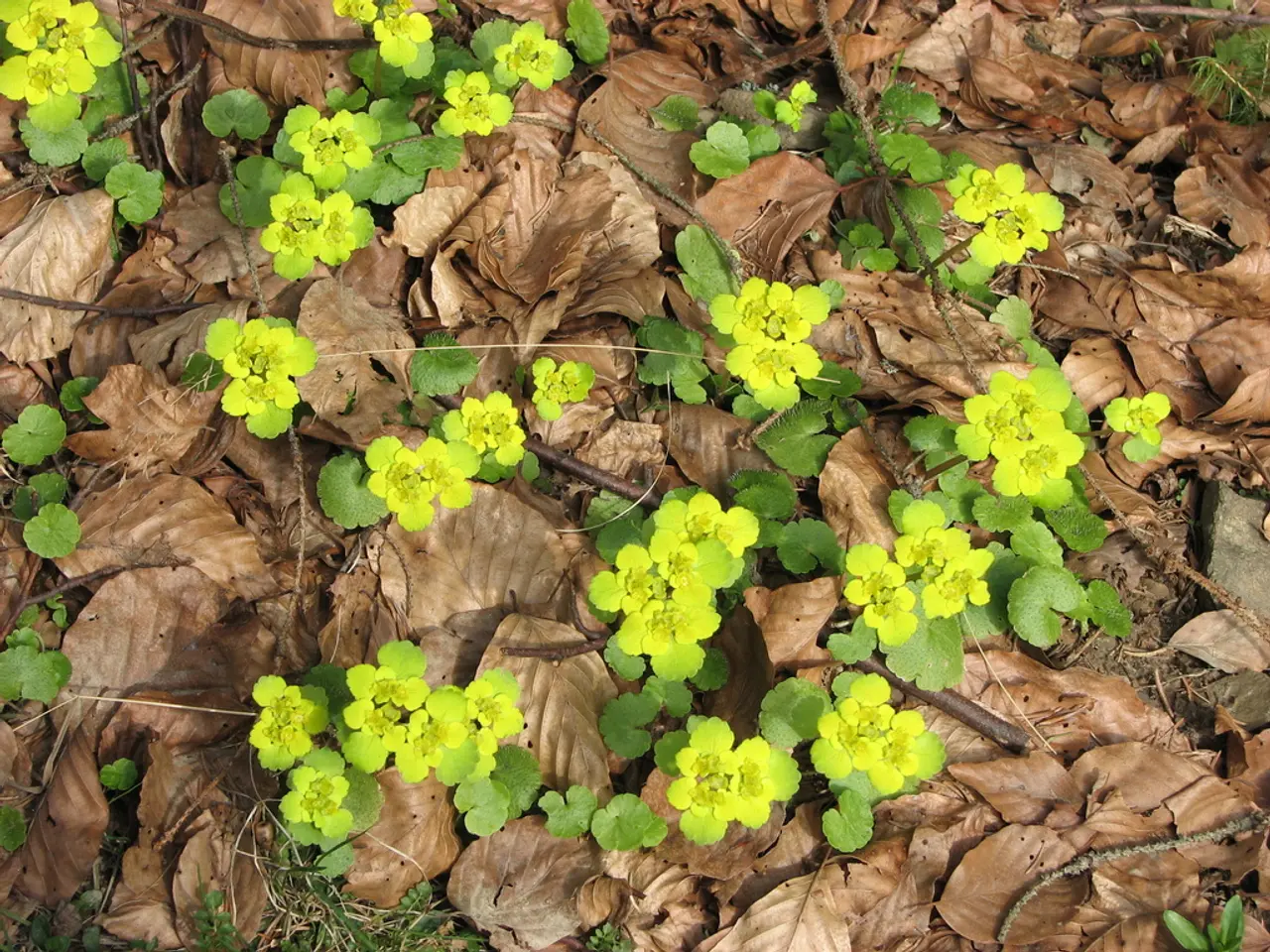Guidelines for Cultivating Shallots: A Step-by-Step Guide
Growing Delicious and Tasty Shallots with Ease!
Swing your gardening game to the next level by learning how to cultivate mouthwatering shallots - from sowing to storing! By following this comprehensive guide, you'll master the art of growing diverse shallot varieties, ensuring a thriving yield with minimal effort.
Getting Started: Your Growing Adventure Begins
Varieties of Shallots- Shallots can be grown from sets (small bulbs) or seeds, but using sets yields more predictable results. Popular varieties include Dutch Yellow, French Red, and Holland Red, among many others, each boasting distinct skin colors and flavors.
Seasonal Planting- For optimal growth, shallots can be planted in early spring or late summer/fall—depending on your local climate—with many cultivars preferring a fall planting (September to November) for a 7-9 month growing cycle.
Creating the Perfect Home for Shallots
Soil Requirements- Aim for loose, fertile, well-drained soil enriched with organic matter. A soil pH of 6.0 to 7.0 is ideal for shallot growth.
Planting Depth and Layout- Plant shallot sets with the pointed tip facing up, covered with no more than 1/4 inch of soil. Allow a minimum of 7-8 inches of soil depth for good root development. Space plants about 6-12 inches apart in rows approximately 12 inches apart.
Sunlight and Location- Ensure your shallots receive at least 6 to 8 hours of direct sunlight daily for the best growth conditions. Raised beds or mounded rows help improve drainage and facilitate harvesting.
Tending to Your Shallot Patch
Watering and Mulching- Consistent soil moisture is crucial—especially during dry spells—but avoid overwatering or waterlogging. Mulching when plants reach about 1 foot tall helps retain moisture, suppress weeds, and regulate soil temperature.
Feeding and Support- Side dress with balanced fertilizer or compost during the growing season to support robust growth and bulb development. Provide support as needed to protect your shallots from birds.
Savoring the Harvest
Average Yield:60-180 per 3m row
- Shallots planted in autumn are typically ready to harvest from April to June of the following year, taking about 7 to 9 months to mature. Keep an eye out for signs of readiness such as yellowing and falling foliage.
Storing Your Shallot Bounty
- After curing shallots in a dry, well-ventilated area, they can be stored in a cool, dry, and dark place for several months. Some varieties are known for their impressive storage longevity.
Remember, shallots thrive with the right care, sun, and soil! Soon you'll reap a bountiful harvest, elevating your culinary endeavors to unparalleled heights.
Happy growing, gardening whizz! 🌿🌱🍅
Additional Insights:
Spacing:15 apart30 between rowsLeave tip showing
- To minimize fungal diseases like onion white rot, avoid getting the foliage wet while watering. Focus on providing water at the base to ensure the roots receive proper hydration.
- Consider using heat-treated shallot sets, as the resulting plants are less likely to bolt (produce flowers), resulting in lower crop quality.
- When hand weeding between the rows, be gentle to avoid damaging your growing shallots.
- Growing shallots can be incredibly rewarding, as they add unique flavors and textures to many recipes. Shallots enhance the taste of dishes ranging from salads to soups to stir-fries.
- Shallot diversity opens doors to new flavors and culinary experiences, from pungent to mild, and red to golden varieties.
Enhance your gardening adventure by exploring additional projects like winter greenhouse projects, vegetable sowing guides, and allotment tasks to truly master the art of yard cultivation.
More like this
- Shallot Recipes to Try
- Expert Tips for Growing Onions
- 4 Garden Tips for Beginners
- How to Create a Potato Tower
- Growing Lettuce from Scraps: A DIY Guide
Expand Your Garden Horizons: As you delve deeper into the realm of grow-your-own, explore enticing home-and-garden projects like nurturing diverse shallot varieties as well as other home-and-gardening pursuits, such as letting shallot recipes inspire your culinary lifestyle.
Elevate Your Home and Garden Skills: To really excel in your garden, experiment with projects rooted in home-and-gardening, including mastering shallots, sustainable onion cultivation, and even DIY potato towers - all of which will add vitality to your thriving home-and-garden environment.








